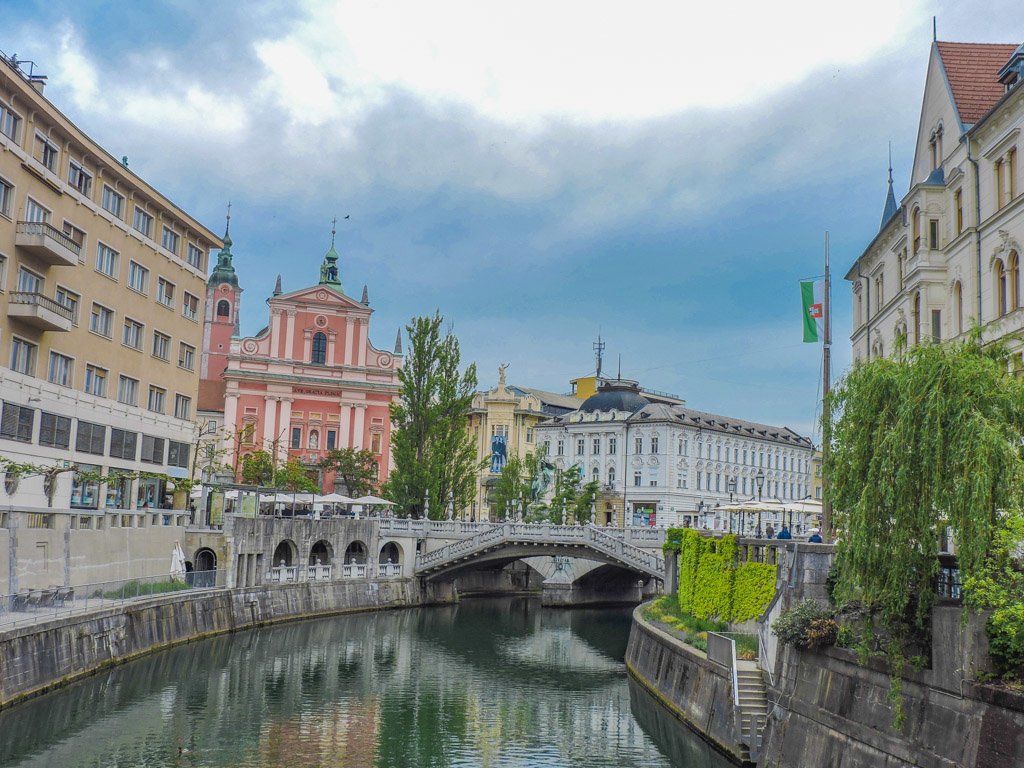Whether you are looking for a coastal adventure or a scenic drive through the mountains, our road trip itineraries will provide destination inspiration and support during planning. Scotland Road Trips From the Highlands to the Lowlands, let us help you plan your Scotland road trip adventure. Europe Road Trips Iceland and Ireland are two of […]
Author Archives: Two Scots Abroad
Dubai Travel Guides Dubai (United Arab Emirates), also known as the jewel in the Arab world. Shopping, beaches, 7* luxury hotels, snow (!) and desert safari, there are many exciting things to do in Dubai. Although some travel to Dubai for an extended trip, others use it as a stopover destination, so we have created […]
Nicaragua Travel Guides
Cappadocia Travel Guides Cappadocia is a magical region in Turkey. Known for its valleys and cave hotels, this area is a perfect setting for hot air balloon rides to take flight and that they do! Weather-dependent balloons with baskets float in the sky above the famous Love Valley daily. Sunrises are not to be missed […]
Ljubljana Travel Guides A very difficult word to say (lyoo-BLYAH-nah) and an even harder city to leave. Slovenia’s capital is the cutest city in Europe, and it’s not just the pastel-painted buildings that make it colourful. Ljubljana is the EU’s green capital, and you’ll spot why with its multiple recycling systems, pedestrianised city centre, and […]





